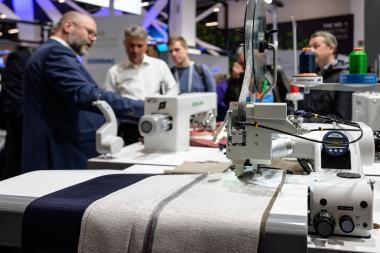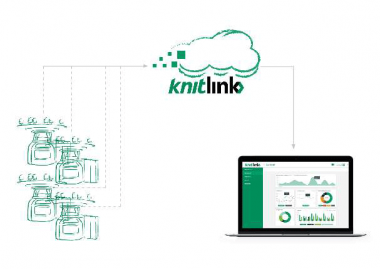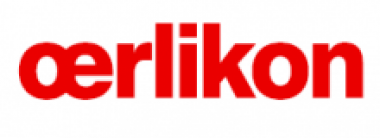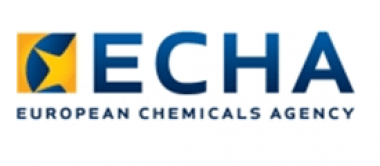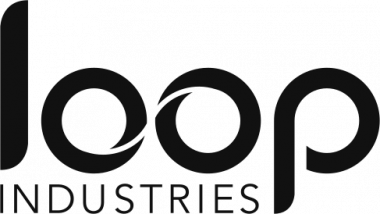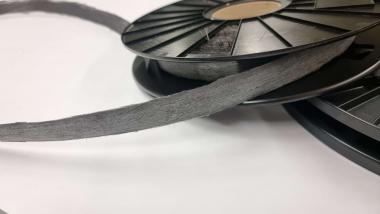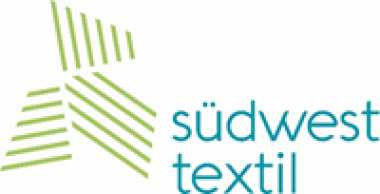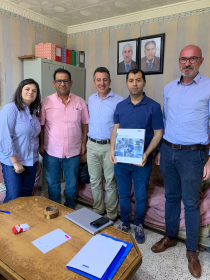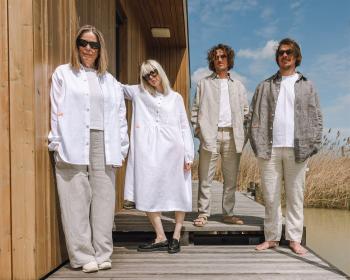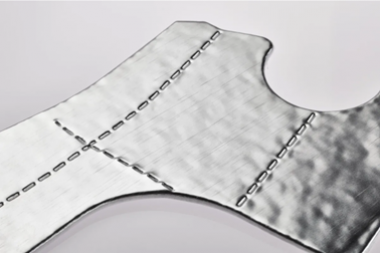Texprocess 2026 mit starkem Buchungsstand
Mehr als 200 Aussteller, darunter zahlreiche Neuaussteller, Top-Marken und langjährige Kunden sind bereits für die Texprocess 2026 registriert. Der globale Branchentreffpunkt steht vom 21. bis 24. April 2026 im Zeichen von Automatisierung, Digitalisierung und KI. So liefern technologische Innovationen Antworten auf die aktuellen Anforderungen der Industrie wie Effizienz und Flexibilität. Dabei profitieren die Aussteller zusätzlich von den Besuchern der parallel stattfindenden Techtextil.
Die Aussteller setzen auf die Leitmesse, um internationale Märkte und neue Kunden zu erreichen. Im Fokus stehen Technologien zur Effizienzsteigerung – getrieben von Automatisierung, Digitalisierung und KI.
Die Texprocess vereint alle Technologien und Services der textilen Verarbeitung – von Design, Zuschnitt, Nähen und Veredeln bis Digitaldruck. Besucher aus unterschiedlichen Bereichen nutzen die Texprocess, um die besten Technologien für die Verarbeitung ihrer Produkte zu finden. Darunter Bekleidung, Denim, Funktions- und Schutzkleidung, Schuhe, Haus- und Heimtextilien, Automobilkomponenten oder Medizinprodukte.
Top-Marken und Neuaussteller an Bord
Zu den rund 200 Ausstellern aus 24 Ländern gehören u.a. Barudan (Japan), Brother Internationale Industriemaschinen (Deutschland), Kornit Digital Europe (Deutschland), Macpi (Italien), Morgan Tecnica (Italien), Sheffield Cutting Equipment (USA), Style 3D | Assyst (Deutschland), Veit (Deutschland), Vetron Typical Europe (Deutschland) und Zünd (Deutschland). 25 Neuaussteller aus unterschiedlichen Produktgruppen sind angemeldet – von Cutting über Embroidery bis hin zu Printing Technologies. Neu dabei sind u.a. Amann & Söhne (Deutschland), Avantex Software (USA), Coats Group (UK), Comelz (Italien), Cutting Edge Automation Machines (Italien), Hans-Joachim Schneider (Deutschland), Humanetics Digital Europe (Deutschland), Mimaki Deutschland, Pathfinder Australia, Valvan (Belgien) und viele mehr.
Herausforderungen mit neuen Entwicklungen begegnen
Die Branche steht vor großen Herausforderungen und Unternehmen müssen neue Wege ausloten, denn Investitionszurückhaltung, Zölle, Konsumrückgang, geopolitische Entwicklungen und vieles mehr setzen sie unter massiven Druck.
Auf der Texprocess präsentieren Aussteller Lösungen, um diesen Anforderungen zu begegnen – von intelligenten Materialflusssystemen über robotergestützte Näheinheiten bis hin zu KI-basierter Qualitätskontrolle in Echtzeit. Im Fokus stehen Effizienzsteigerung, gezielter Ressourceneinsatz und eine geringere Abhängigkeit von volatilen Lieferketten: neue Technologien als Schlüssel, um bei begrenzten Budgets und sinkender Konsumnachfrage Verarbeitungsprozesse zu optimieren.
„Technologische Innovationen sind ein Schlüssel für die Zukunftsfähigkeit der Hersteller von Bekleidung und der Verarbeiter von technischen Textilien. Hier werden die Aussteller der Texprocess auch 2026 wieder signifikante Zeichen für die Zukunft setzen, um die Wettbewerbsfähigkeit ihrer Kunden gerade in geopolitisch schwierigen Zeiten zu verbessern,“ erklärt Elgar Straub, Geschäftsführer, VDMA Textile Care, Fabrics and Leather Technologies.
Texprocess: Aussteller profitieren von den Besuchern der Techtextil
Dabei erreichen Aussteller auf der Texpocess zusätzlich die Besucher der parallel stattfindenden Techtextil. Erstmals sind dort Performance Apparel Textiles, Textile Chemicals & Dyes und Fibres & Yarns in der Halle 9.0 platziert – in direkter Nähe zur Texprocess in Halle 8.0. Die sich überschneidenden Besucher der Bekleidungsindustrie können somit einfacher alle Angebote der beiden Leitmessen erreichen. So nahmen zur vergangenen Ausgabe 72 Prozent der Techtextil Besucher auch die Angebote der Texprocess wahr.
Messe Frankfurt


